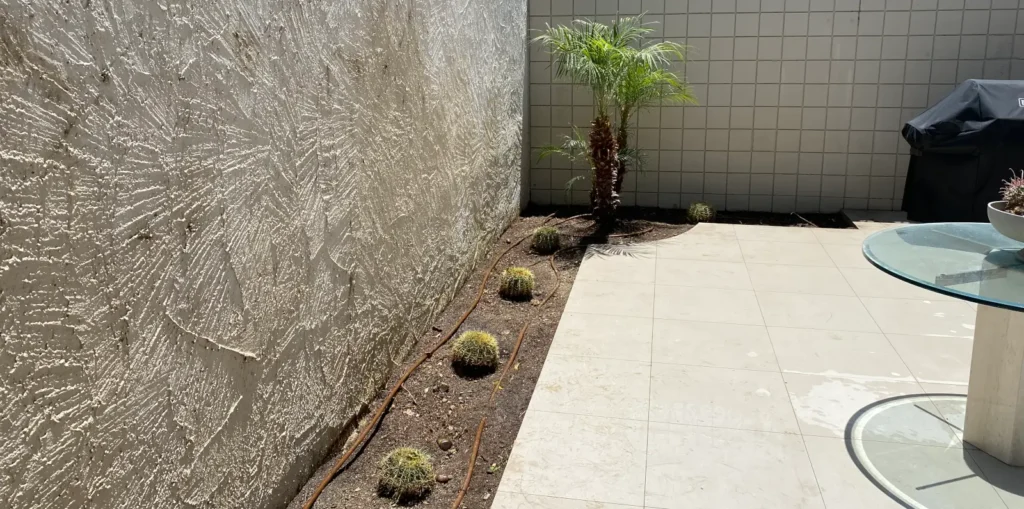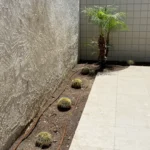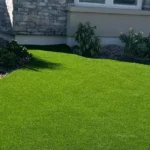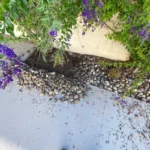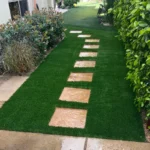Desert environments present unique challenges for gardeners: high temperatures, low humidity, and limited rainfall. However, with the right plant choices, you can create a stunning landscape that thrives under these conditions. In this guide, we’ll highlight the best plants suited for desert climates and offer tips for creating a resilient, low-water garden that’s both beautiful and sustainable.
1. Succulents: Low-Water Superstars
Succulents are icons of desert landscaping. Known for their water-storing leaves and unique shapes, they’re perfect for dry climates and require minimal care once established.
- Aloe Vera: Aloe vera’s thick, fleshy leaves store water, making it perfect for desert landscapes. It also offers medicinal benefits and adds unique texture to gardens.
- Agave: With its dramatic, spiky leaves, agave is a standout in any landscape. There are many varieties to choose from, each with a distinct color and form.
- Echeveria: Known for their rosette shape, echeverias are smaller succulents that come in a range of colors, from blue-green to pink and purple, adding variety and interest.
Tip: Succulents do well in loose, well-draining soil. Consider mixing sand or perlite into the soil to improve drainage.
2. Cacti: Iconic Desert Dwellers
Cacti are among the hardiest plants for arid climates, requiring little water and thriving in the sun. Their unique forms make them both a visual and functional choice for desert landscapes.
- Barrel Cactus: This compact cactus has a round shape and spines that give it a distinctive appearance. It can survive extended dry periods and adds a sculptural element.
- Prickly Pear: Known for its flat, paddle-shaped segments, prickly pear cacti produce colorful blooms and edible fruit, adding both beauty and biodiversity to your garden.
- Saguaro: Though slower-growing, saguaros make a bold statement with their towering presence, and they can live for decades in the right conditions.
Tip: Place cacti in areas that receive full sun. These plants are resilient, but good airflow and ample light help prevent mold or root rot.
3. Drought-Tolerant Shrubs and Bushes
Shrubs can add structure to your landscape, creating visual interest and providing a backdrop for other plants. Many drought-tolerant shrubs are also low-maintenance and ideal for desert environments.
- Sage (Salvia): Both beautiful and fragrant, sage varieties like Cleveland sage and white sage are native to California and attract pollinators.
- Texas Ranger (Leucophyllum): Also known as “Texas sage,” this shrub blooms with purple flowers after rain and is highly drought-resistant.
- Lavender: Known for its fragrance and purple blooms, lavender tolerates heat and thrives in dry soil, making it ideal for desert gardens.
Tip: Shrubs are excellent for grouping together to create natural privacy screens. They’re also low-water once established, so give them occasional deep waterings rather than frequent shallow ones.
4. Ornamental Grasses: Texture and Movement
Ornamental grasses add movement and texture to a desert landscape, softening hard edges and complementing the architectural look of succulents and cacti.
- Mexican Feather Grass: This delicate, flowing grass adds texture and movement to gardens. It’s resilient and requires minimal watering once established.
- Blue Fescue: Known for its blue-gray foliage, blue fescue adds a cool, soothing color to a hot desert garden. It’s compact and fits well in smaller spaces or containers.
- Muhlenbergia (Muhly Grass): This grass has feathery pink or purple blooms that create a cloud-like effect, adding softness and color to dry landscapes.
Tip: Many ornamental grasses prefer full sun and minimal water, but they’ll benefit from being cut back each winter to encourage fresh growth in spring.
5. Colorful Desert Flowers
Yes, you can enjoy vibrant flowers in a desert landscape! Many flowering plants have adapted to survive with minimal water and can add seasonal color to your garden.
- California Poppy: This hardy, orange-yellow flower is California’s state flower, and it’s perfectly adapted to dry, sunny climates.
- Desert Marigold: Known for its bright yellow blooms, desert marigold thrives in poor soils and requires minimal water, making it ideal for arid gardens.
- Blanket Flower (Gaillardia): This drought-tolerant flower blooms in reds, oranges, and yellows, bringing a pop of color that lasts through the summer.
Tip: Group flowering plants together in “islands” to create visual impact while using minimal water. These plants do best in well-draining soil.
6. Trees for Shade and Structure
While large trees may seem like an unlikely choice for desert environments, certain drought-tolerant species thrive in these conditions and can provide valuable shade to other plants.
- Desert Willow: This tree has delicate, willow-like leaves and pink flowers, offering shade while being highly drought-resistant.
- Palo Verde: Known for its striking green bark and yellow blooms, Palo Verde trees add color and structure to desert landscapes with very low water needs.
- Olive Tree: Olive trees are well-suited to Mediterranean climates. They’re hardy, low-water trees that provide shade and, potentially, fruit.
Tip: Plant trees in areas where they can provide shade for other plants, reducing sun exposure and evaporation for the surrounding garden.
Creating a Balanced Desert Landscape
When designing your desert garden, consider mixing different types of plants to create a balanced, visually appealing landscape. Combining succulents, shrubs, grasses, and trees adds layers, color, and texture to your garden, making it feel lush and inviting while remaining low-maintenance and water-efficient.
- Grouping Plants: Place plants with similar water and sunlight needs together. This makes watering more efficient and helps plants thrive.
- Hardscaping: Incorporate gravel, rocks, and pathways to reduce water needs and add contrast to your landscape. Hardscapes work especially well with succulents, cacti, and ornamental grasses.
- Watering and Mulching: Drip irrigation can be helpful in desert gardens, delivering water directly to roots with minimal waste. Adding mulch around your plants will help retain moisture and regulate soil temperature.
Creating a Resilient, Thriving Desert Garden
With the right plant selection and landscape design, you can create a vibrant, sustainable garden that thrives in desert conditions. From succulents and cacti to flowering perennials and shade-giving trees, a desert garden can be as beautiful as it is resilient. Embrace this unique climate and enjoy the benefits of a landscape that’s perfectly suited to your environment.
Ready to transform your yard into a desert oasis?

